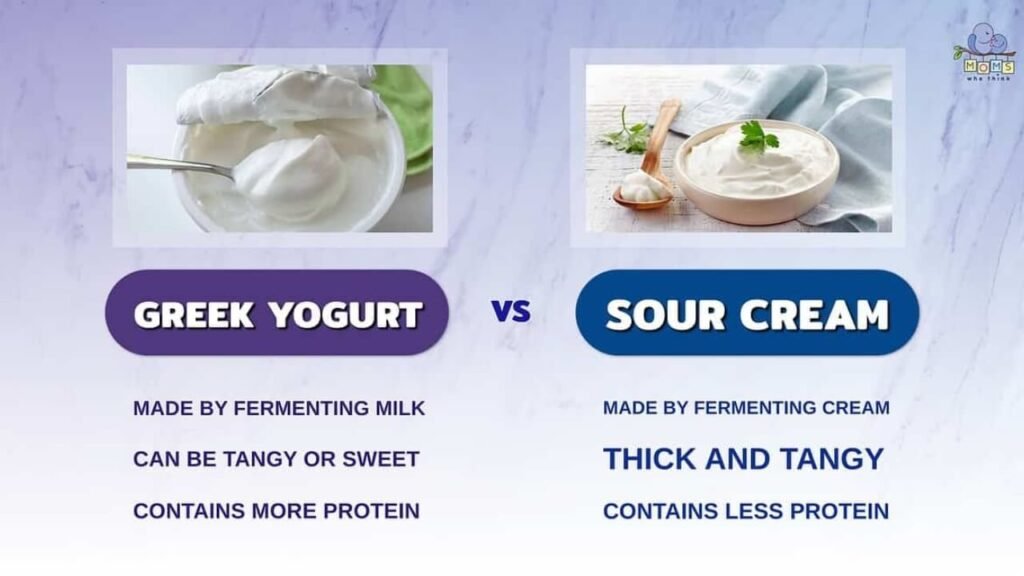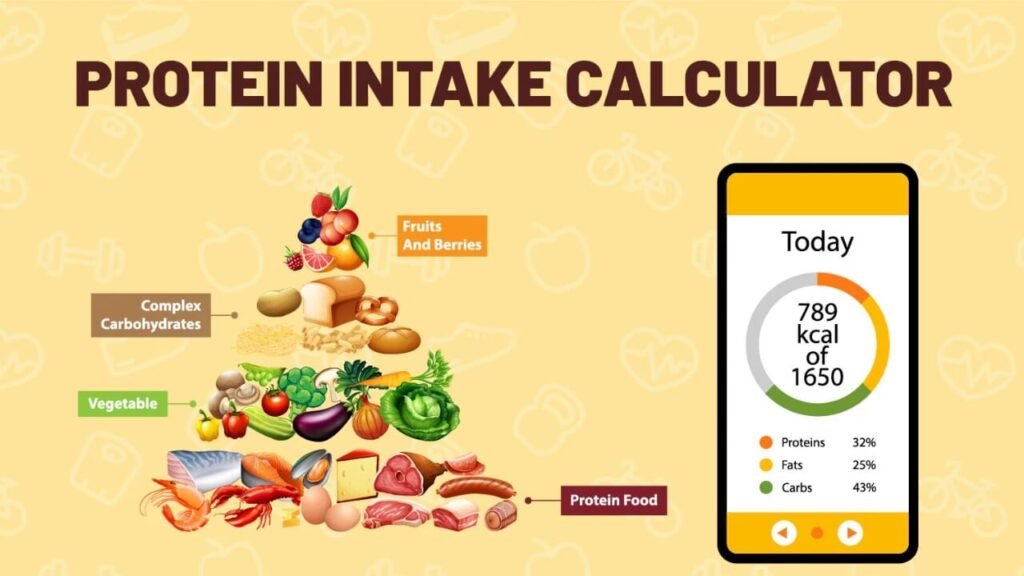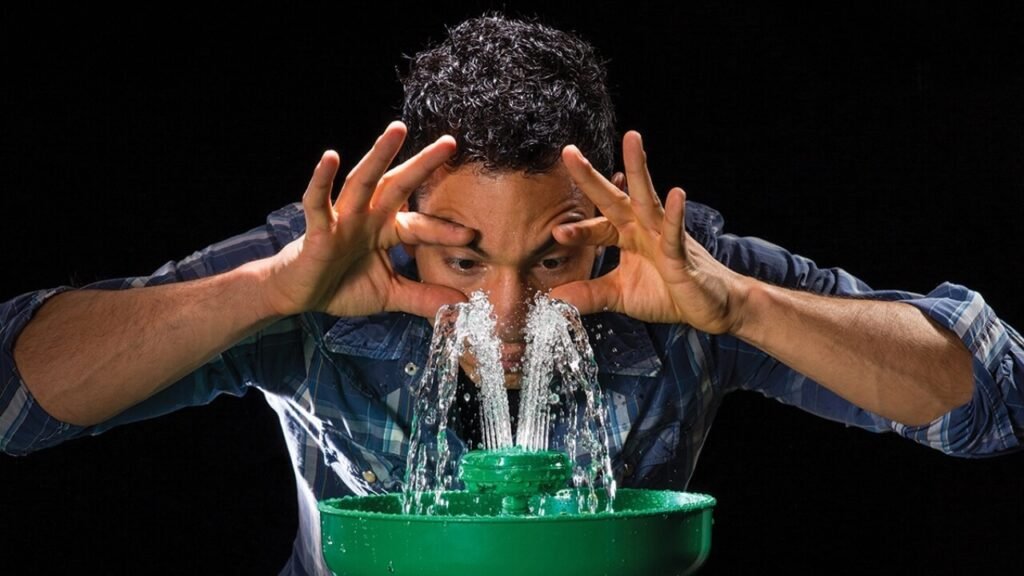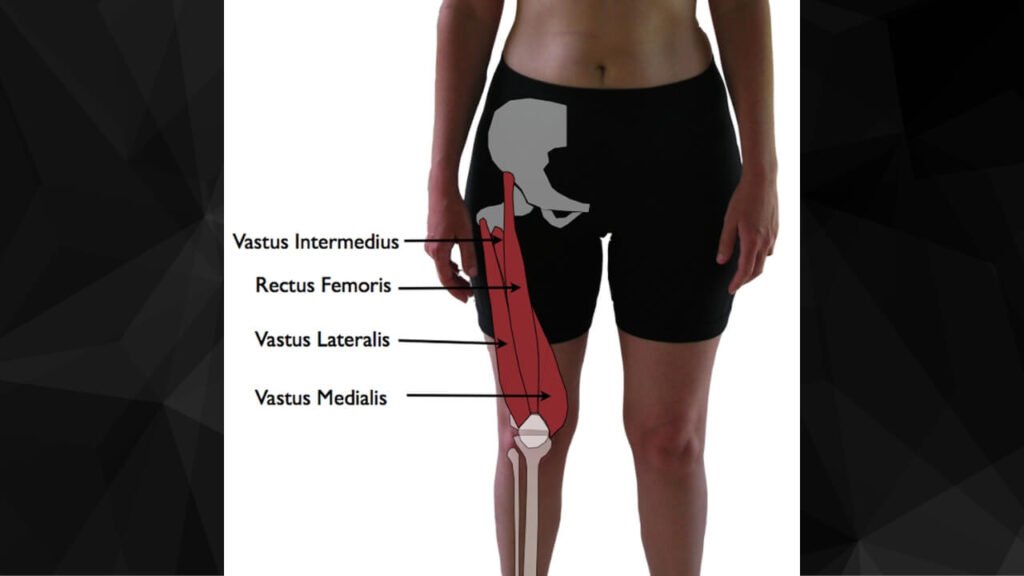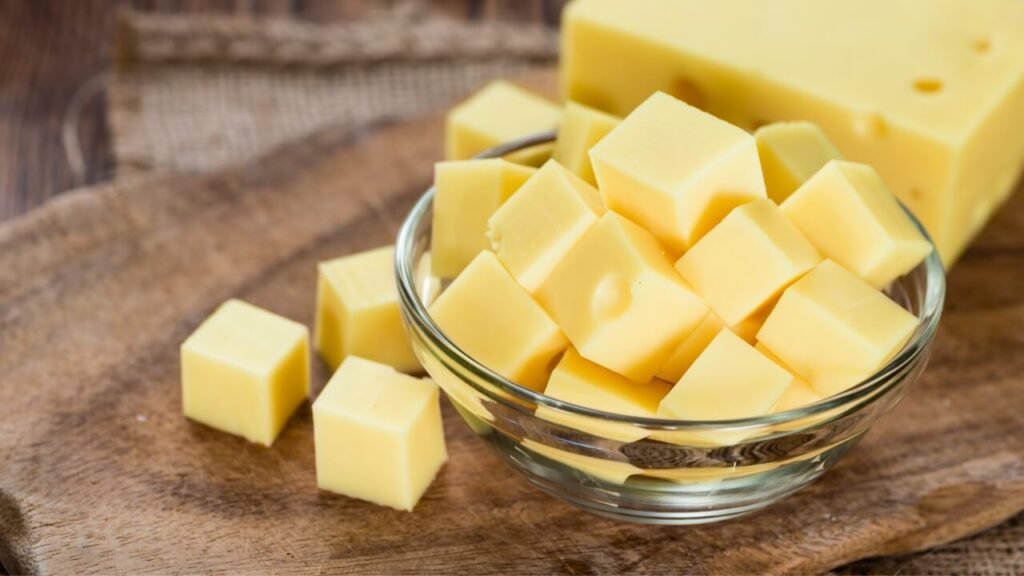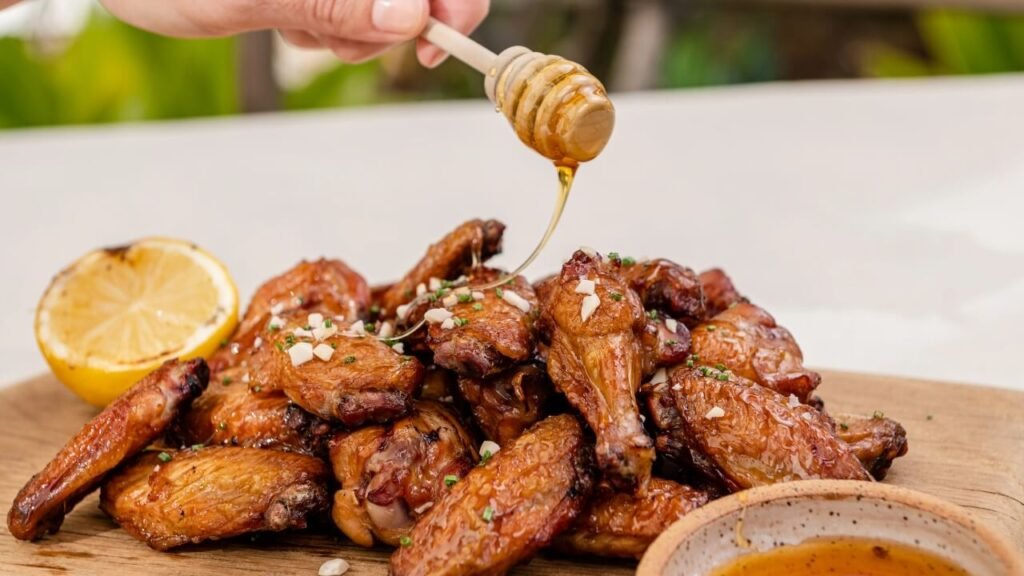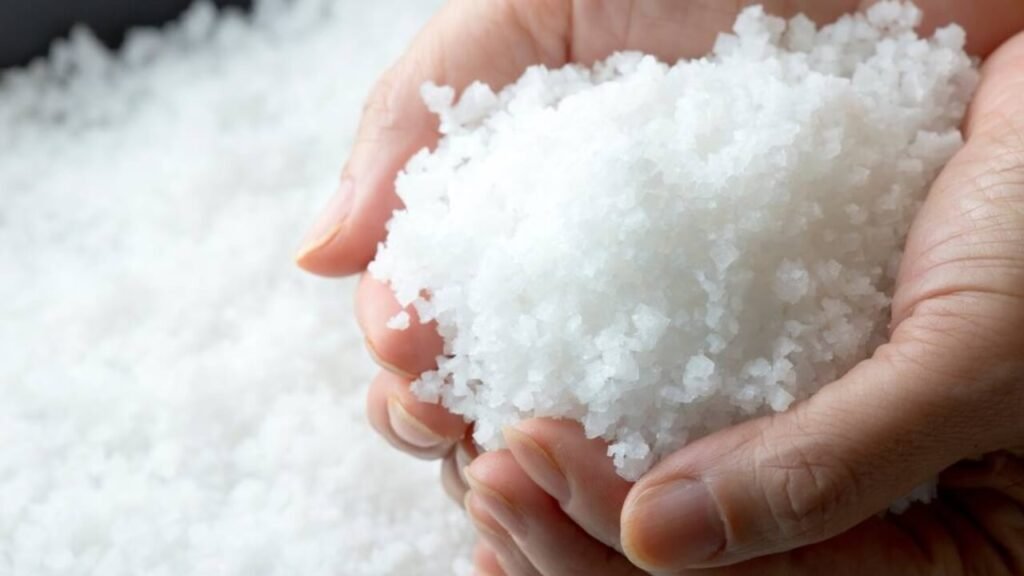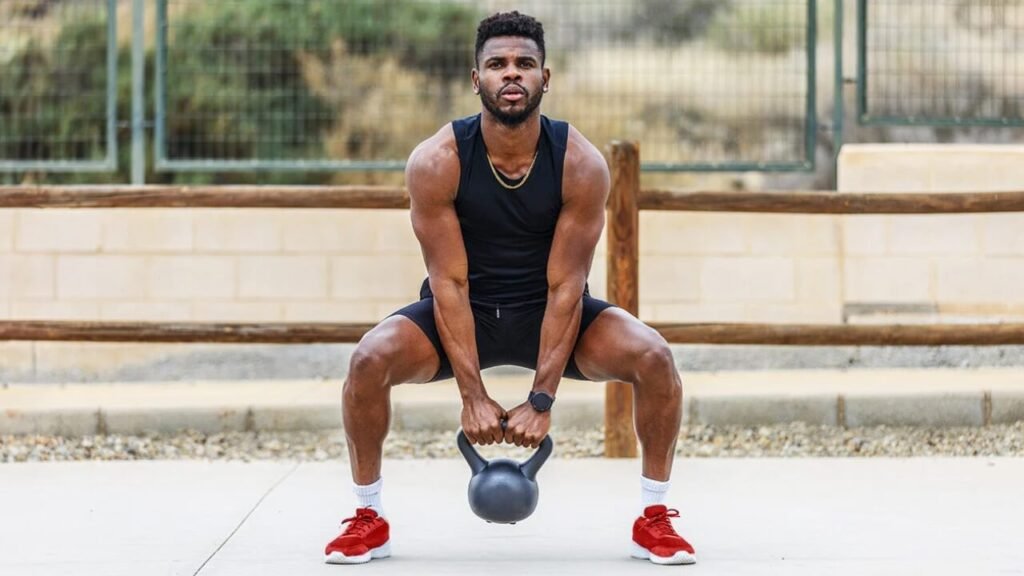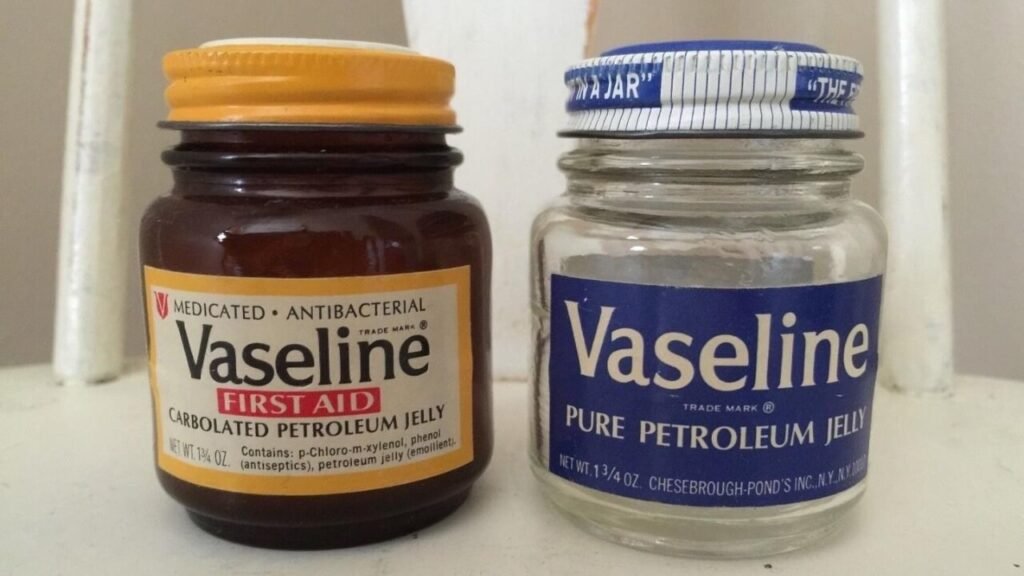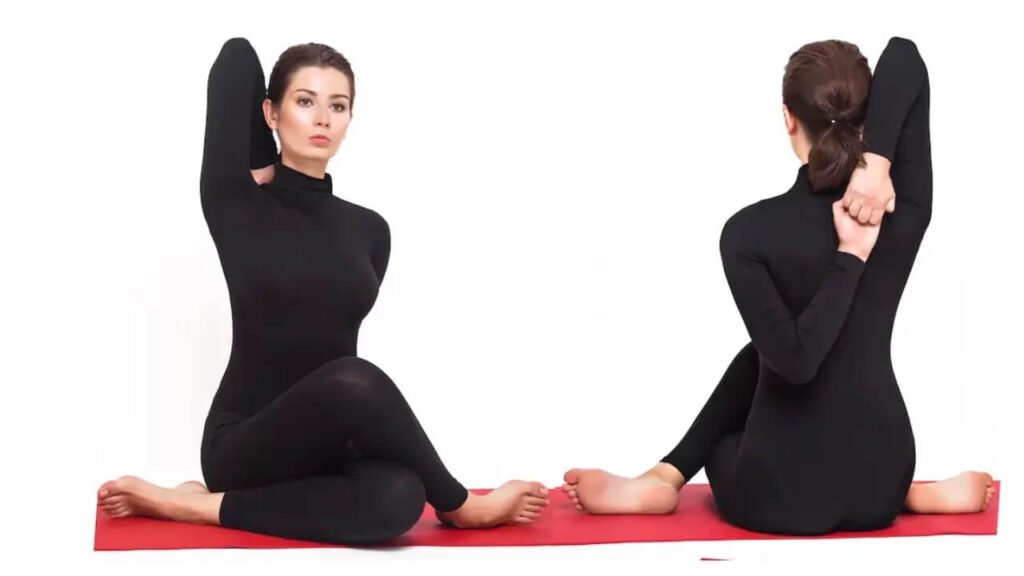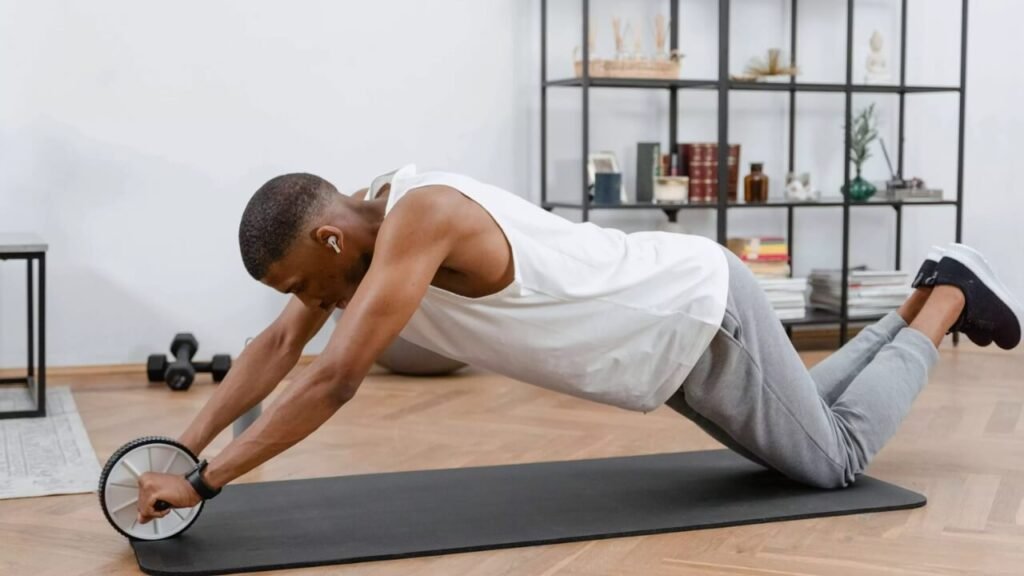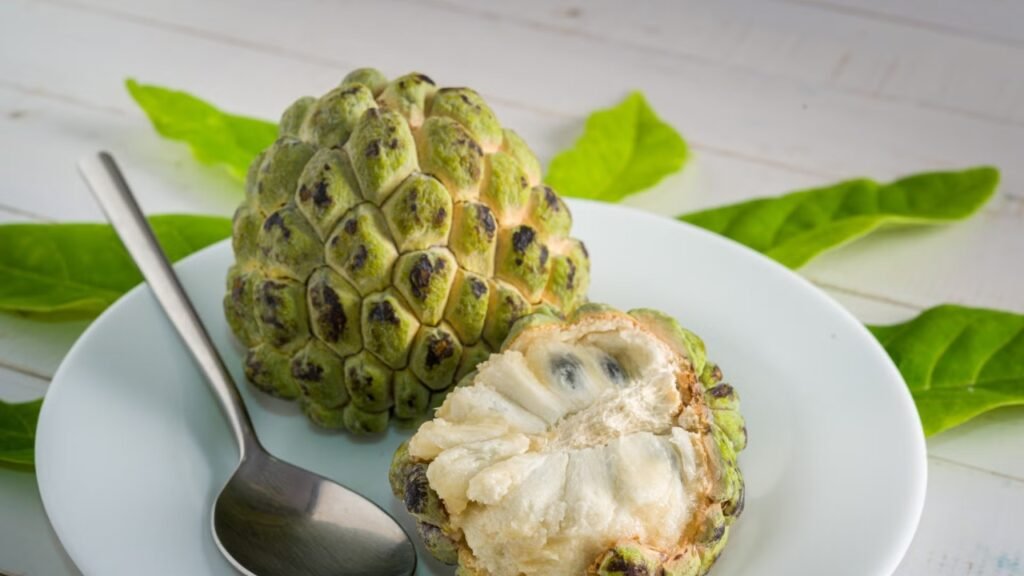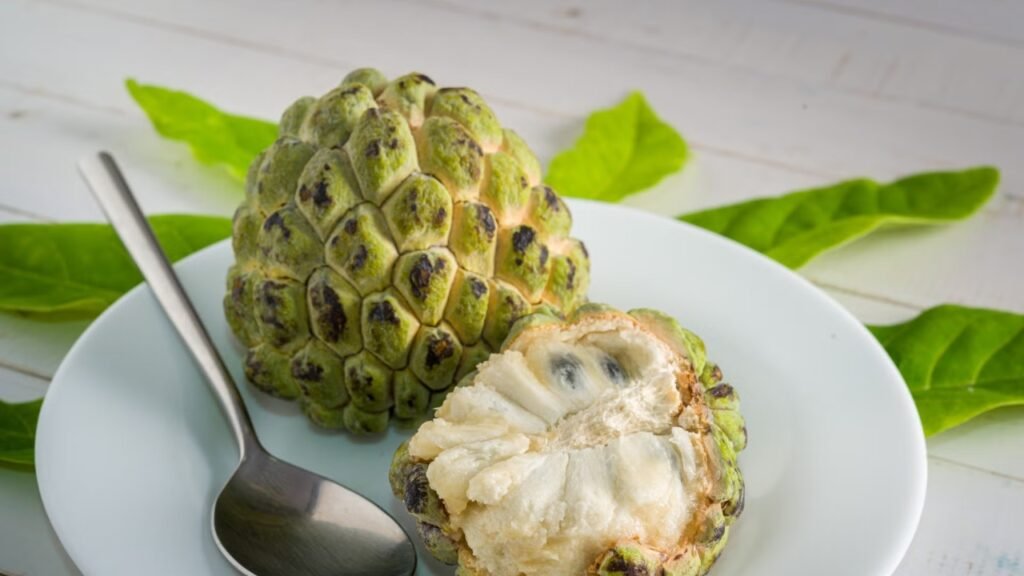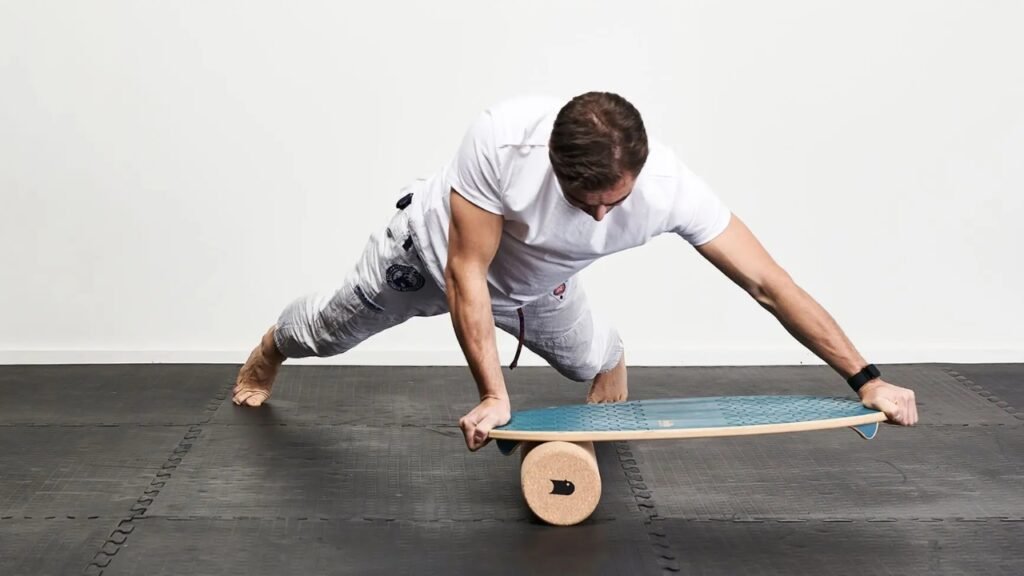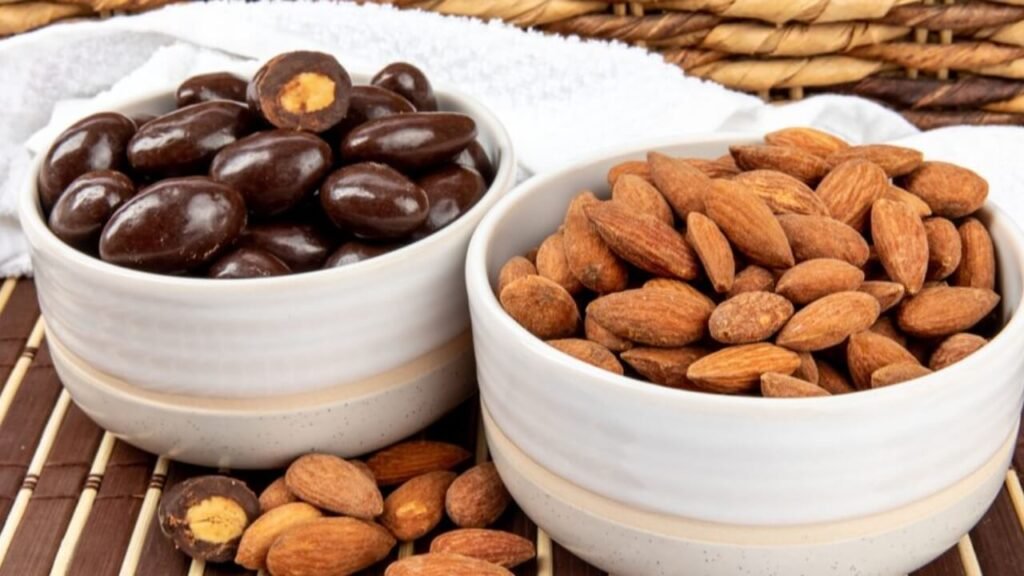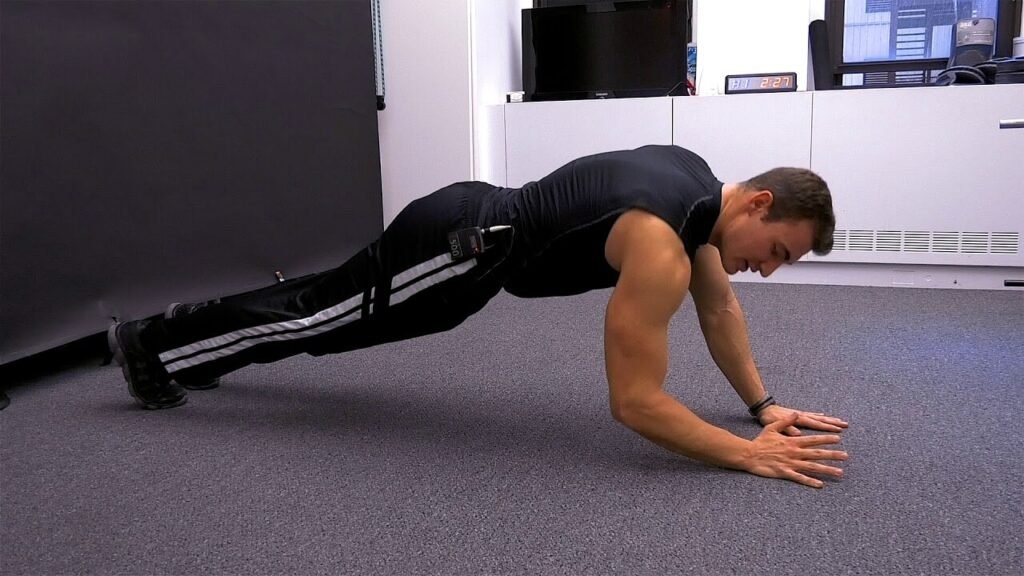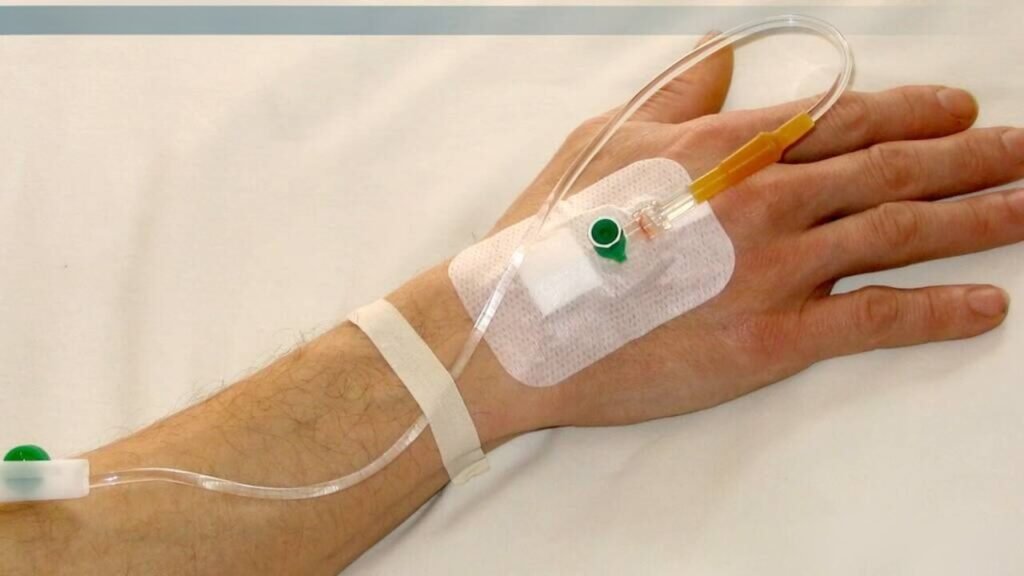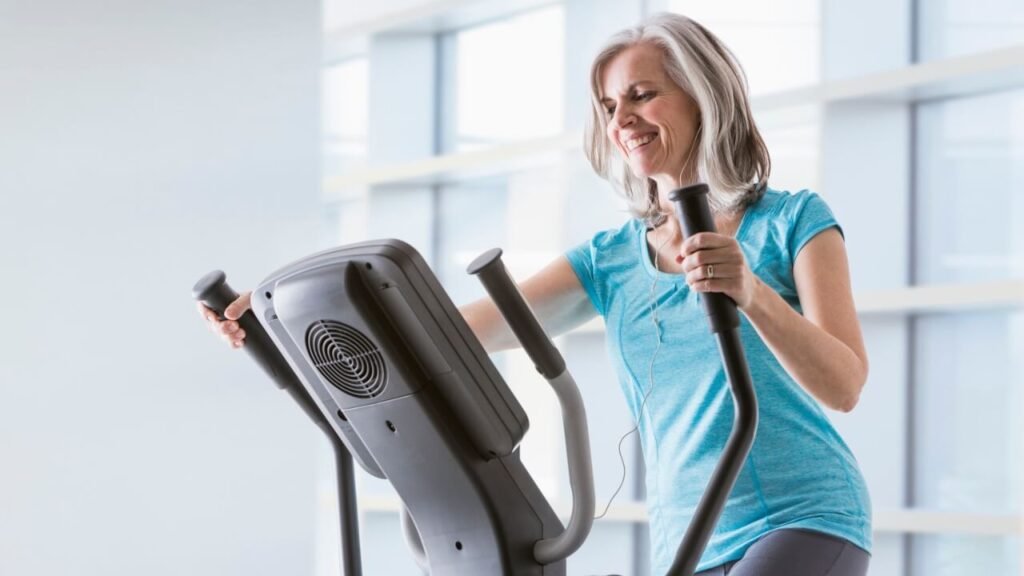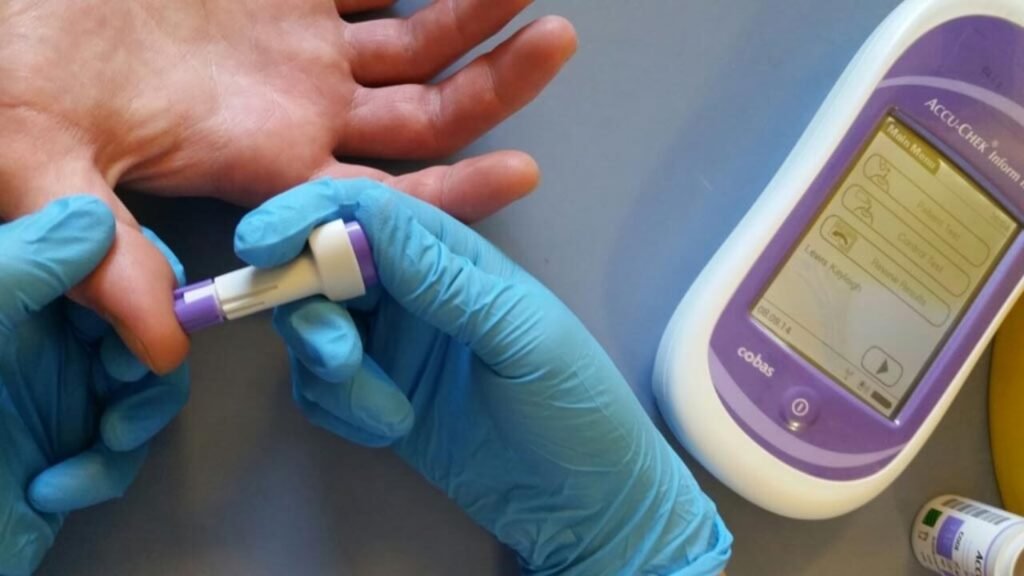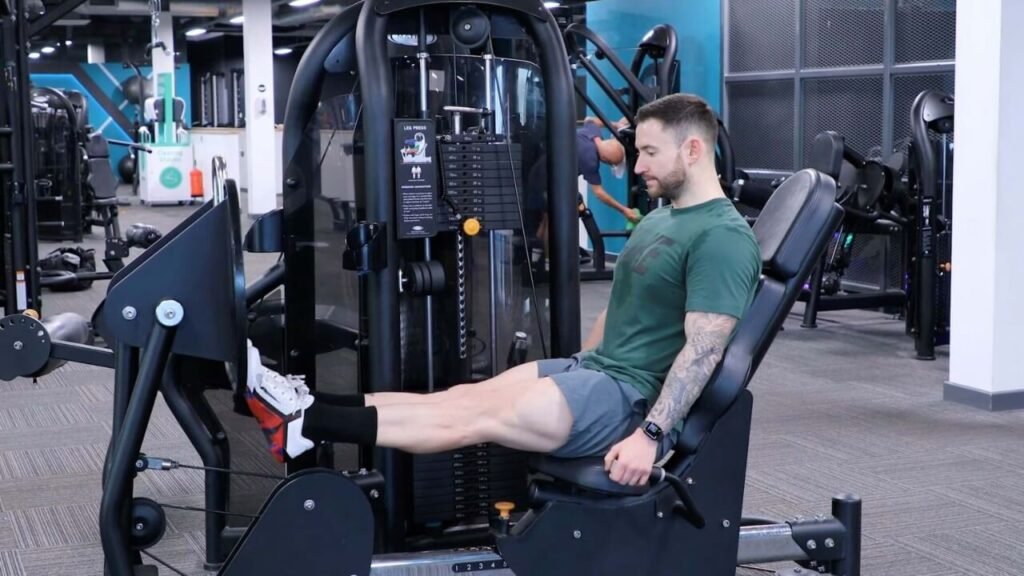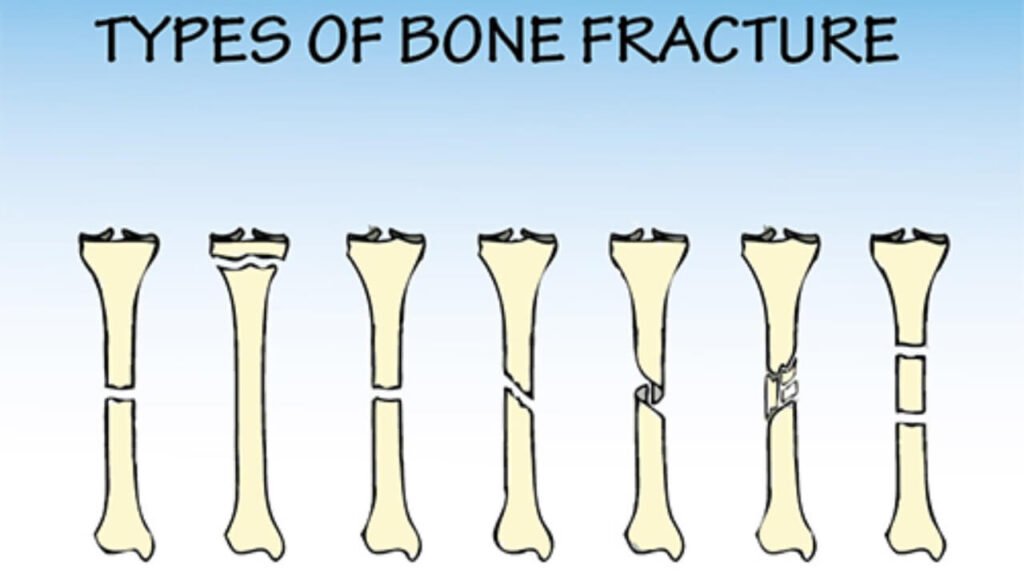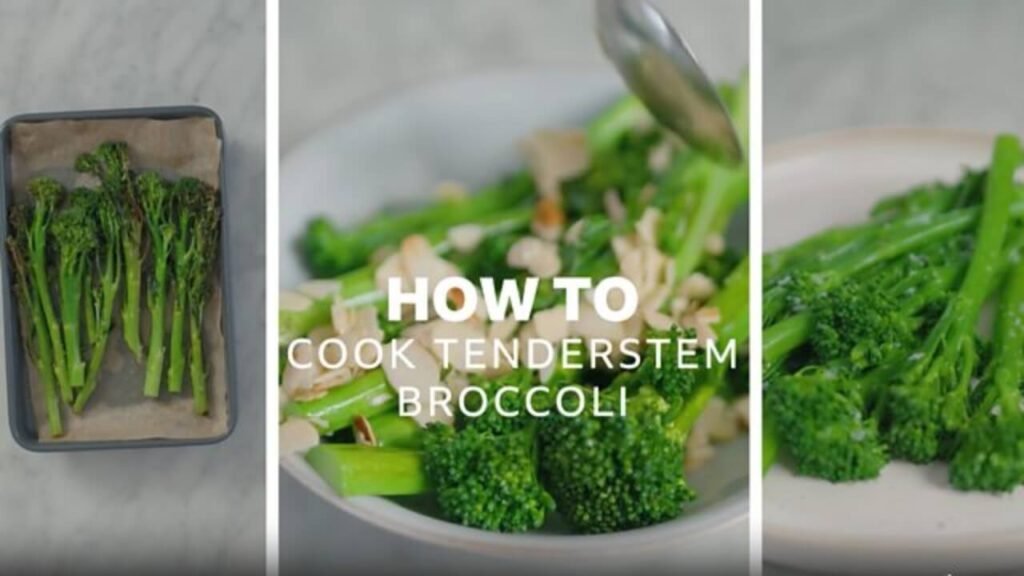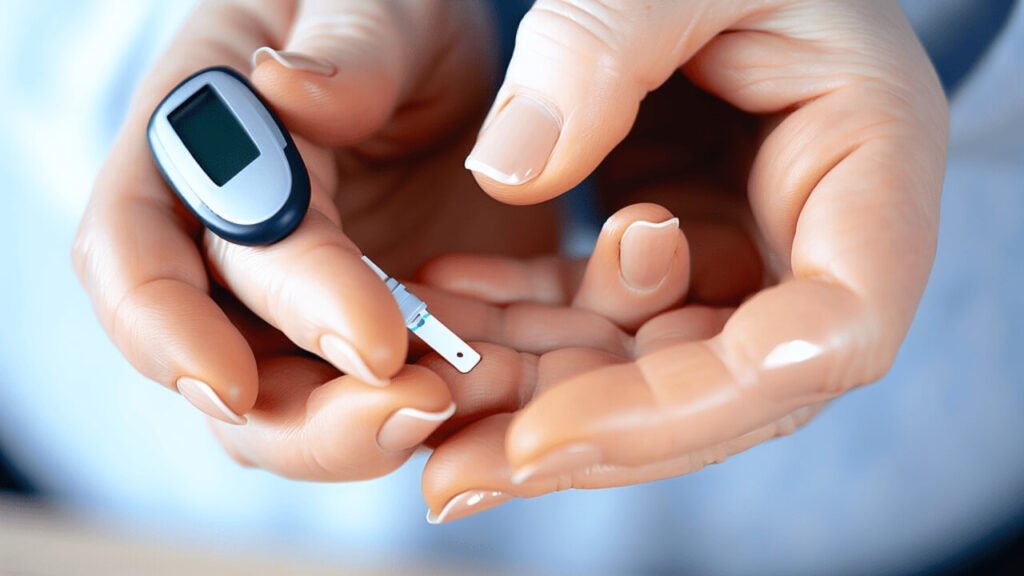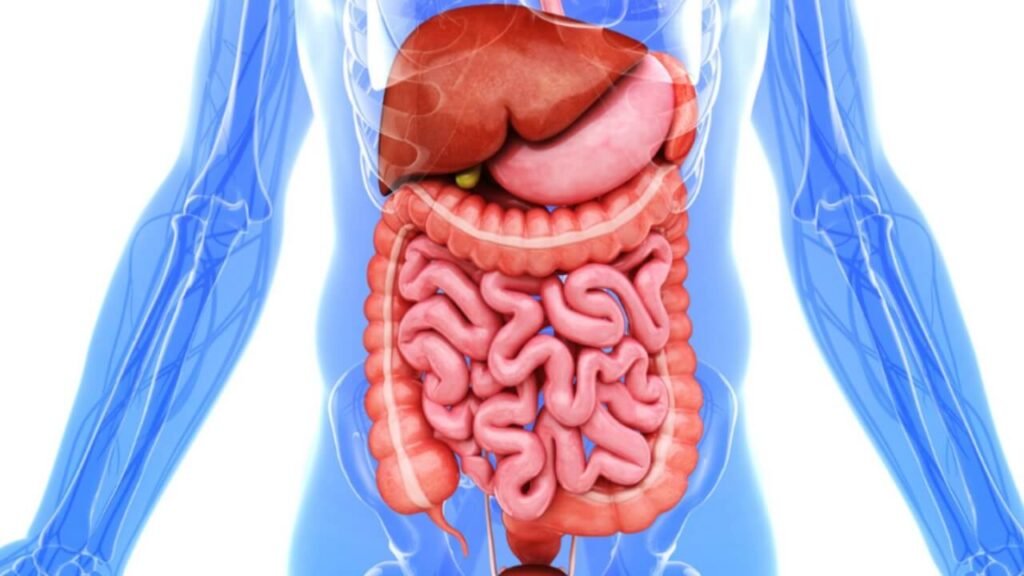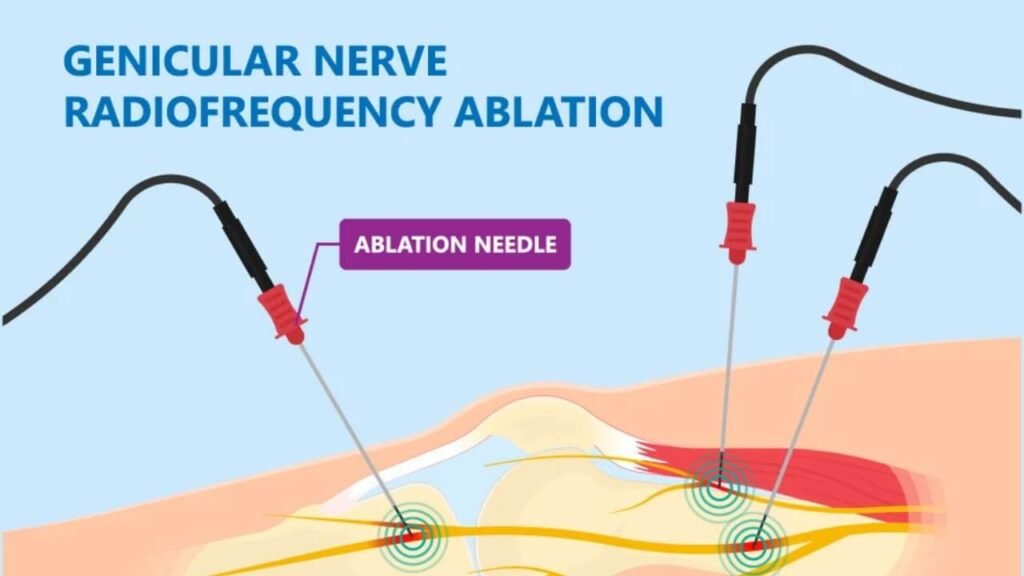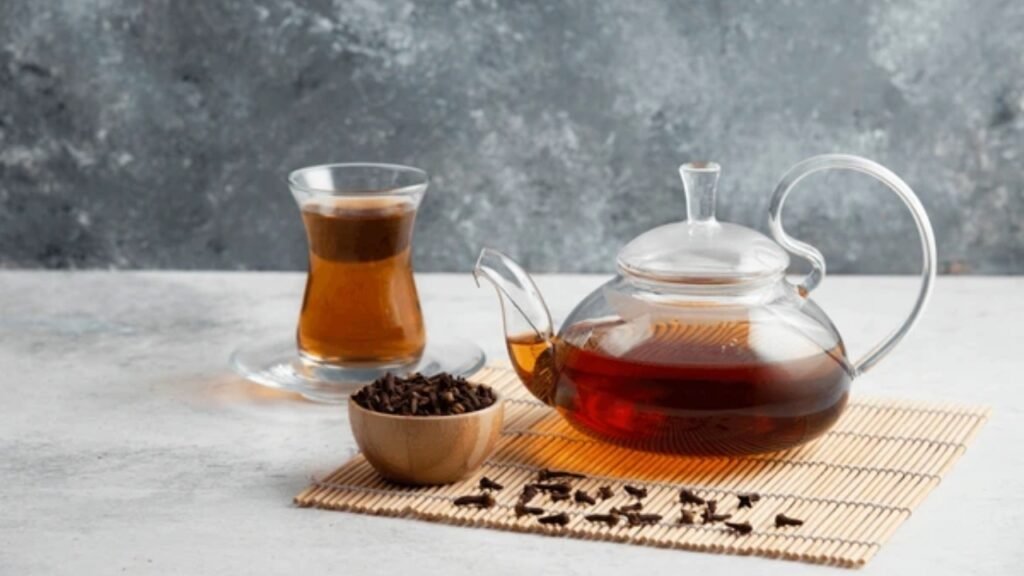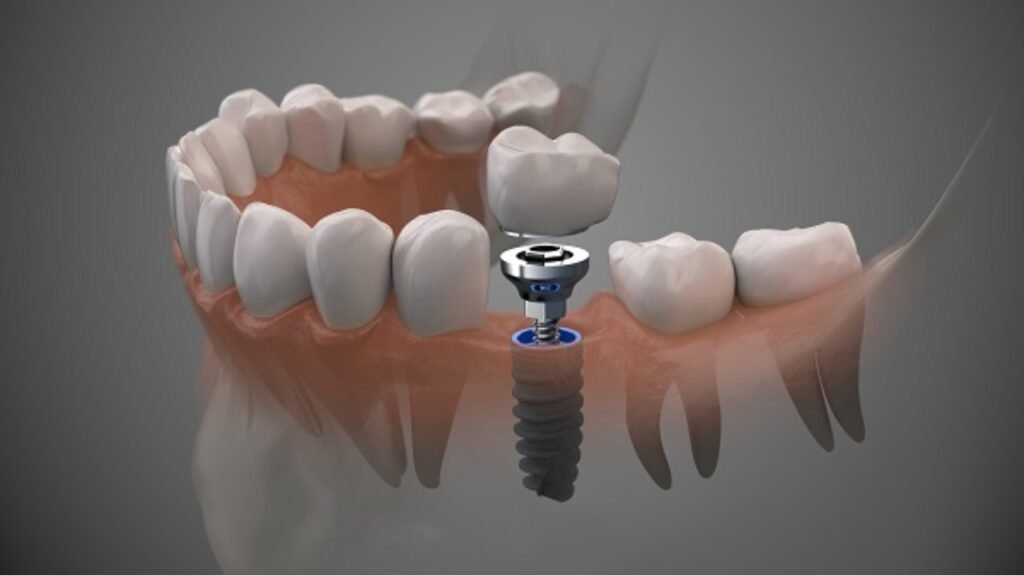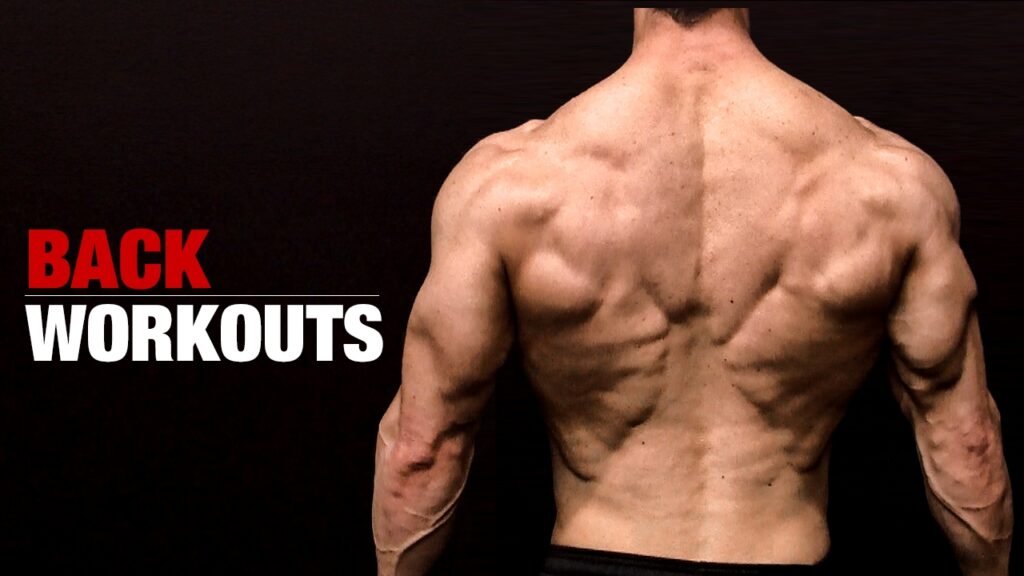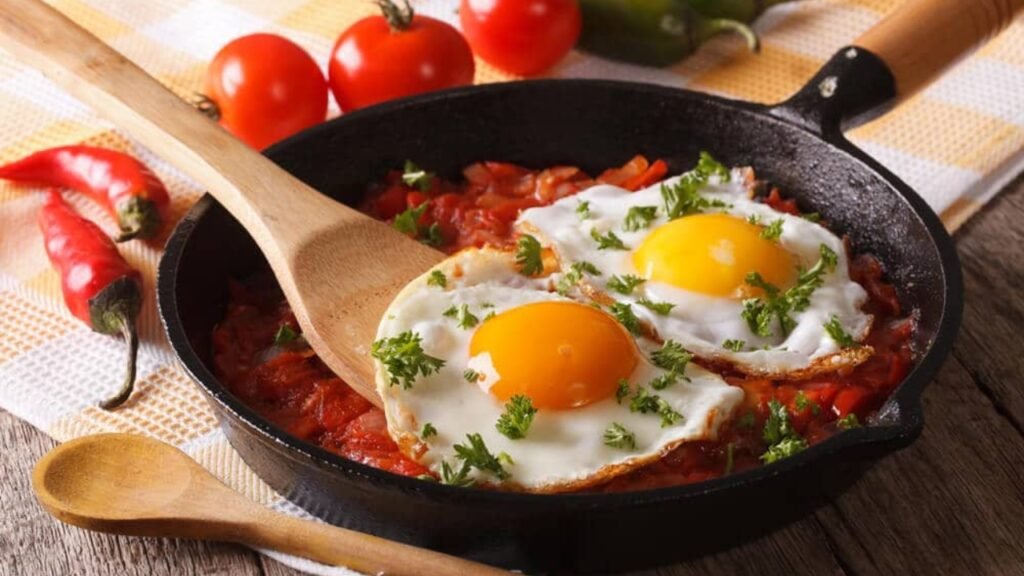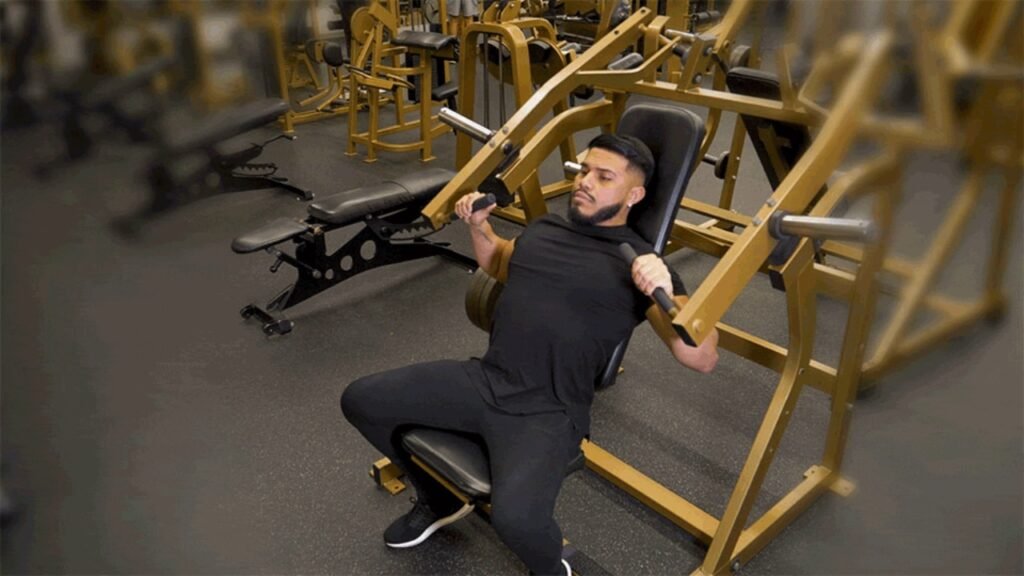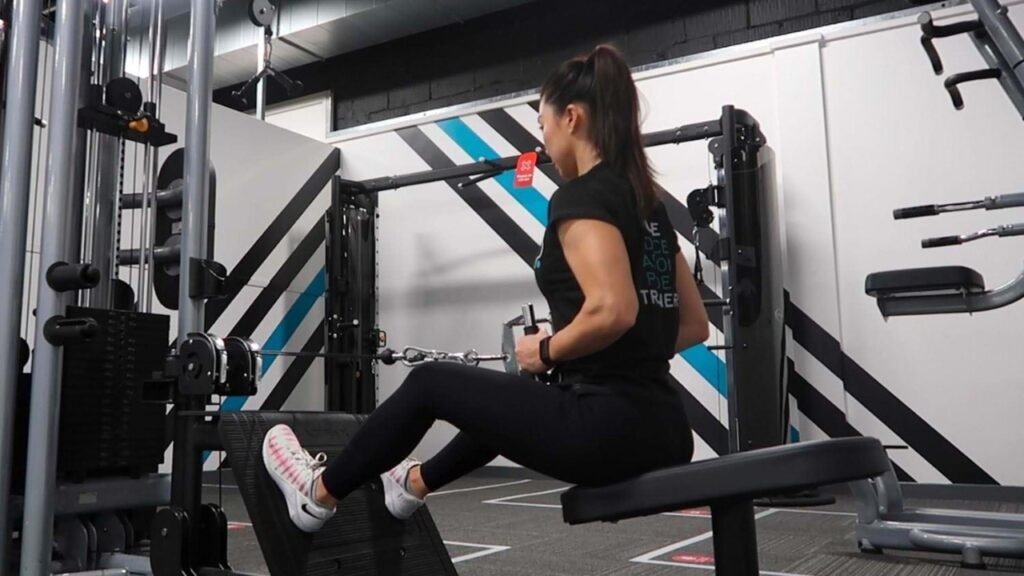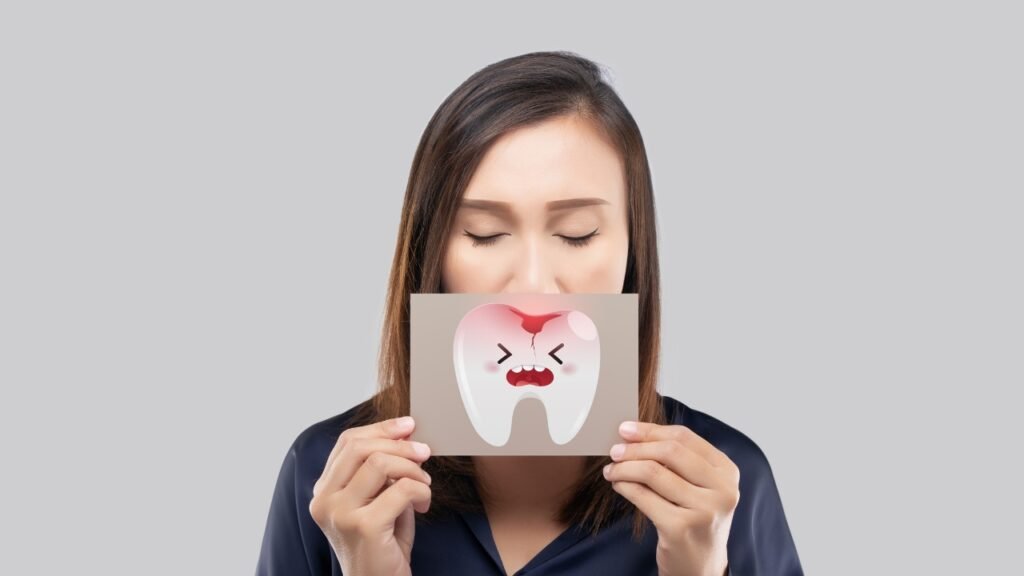Screw Home Mechanism Unlocks Knee Secrets

If you’ve ever wondered how your knee manages to lock when you stand upright, you’re not alone. The phenomenon is not magic—it’s biomechanics. At the core of this unique motion lies a critical concept known as the screw home mechanism. This intricate process ensures joint stability, particularly during the final degrees of knee extension. For American readers interested in orthopedics, sports science, physical therapy, or simply understanding how their bodies function, this mechanism is a fundamental cornerstone of human locomotion.
As we explore the science behind the screw home mechanism, we’ll look at how it works, why it’s essential, and what happens when it fails. We’ll dive into its biomechanics, relevance in rehabilitation, and its connection to common injuries. This blog unpacks the mechanism with clarity and depth, guided by medical literature and expert opinions.
The Anatomy of the Knee Joint
The knee joint is one of the most heavily used and structurally complex joints in the human body. Composed of three main bones—the femur (thighbone), tibia (shinbone), and patella (kneecap)—it allows for flexion and extension, but also possesses a slight rotational ability. It is this rotation that gives rise to the screw home mechanism.
Supporting structures like the anterior cruciate ligament (ACL), posterior cruciate ligament (PCL), medial and lateral menisci, and a variety of muscles and tendons contribute to the stability and mobility of the knee.
Where Rotation Comes Into Play
The screw home mechanism specifically refers to the rotational movement that occurs during the final 20 degrees of knee extension. As the knee approaches full extension, the tibia externally rotates (if the foot is not fixed) or the femur internally rotates (if the foot is planted). This rotation tightens the ligaments and aligns the bones in a way that locks the joint in place, reducing muscular effort and increasing postural stability.
Biomechanical Basis of the Screw Home Mechanism
The screw home mechanism results from both passive anatomical structures and active muscular forces. According to a study published in the Journal of Biomechanics (2010), the shape of the femoral condyles and the tension in the ACL are passive contributors to this mechanism. Active muscular control, particularly from the quadriceps and hamstring muscles, also plays a role.
The lateral femoral condyle is shorter and more curved than the medial one, which causes the tibia to rotate externally as the knee straightens. Simultaneously, the ACL tightens, guiding the tibia into alignment. This precise orchestration of movements is essential for normal gait and weight-bearing posture.
Why the Mechanism Matters
The significance of the screw home mechanism extends beyond just anatomical fascination. It allows humans to stand for long periods without tiring the quadriceps muscles. It also helps absorb and distribute forces more evenly through the knee joint, minimizing wear and tear.
“The screw home mechanism is an evolutionary adaptation for efficient bipedal locomotion,”
explains Dr. Mark Harrington, orthopedic surgeon at the American Academy of Orthopaedic Surgeons.
“Without it, the human body would expend significantly more energy simply standing still.”
Clinical Relevance: Injury, Rehabilitation, and Prevention
When the screw home mechanism is impaired, either due to injury or structural deformities, the consequences can be debilitating. Damage to the ACL, menisci, or surrounding muscles often disrupts the locking ability of the knee. Patients may experience instability, discomfort during movement, and increased risk of falls.
In athletes, particularly those in sports requiring frequent pivoting like football or basketball, improper screw home mechanics can lead to chronic knee problems. Understanding this mechanism is critical in diagnosing issues and planning effective treatment protocols.
Rehabilitative Approaches
Physical therapists focus on restoring the natural movement patterns associated with the screw home mechanism during rehabilitation. Techniques include proprioceptive training, resistance exercises targeting the quadriceps and hamstrings, and gait retraining.
Recent research from Physical Therapy in Sport (2021) emphasizes the importance of retraining the rotational aspect of the knee joint. Ignoring this can lead to compensatory movements elsewhere in the body, potentially causing hip or lower back pain.
Sports Performance and the Screw Home Mechanism
For athletes, mastering knee stability through proper screw home mechanism function can enhance performance. It allows for more powerful push-offs, greater balance during rapid direction changes, and reduced injury risk.
Strength and conditioning programs often incorporate single-leg exercises, balance drills, and functional movement assessments to ensure that the knee’s rotational dynamics are intact. Coaches and trainers aware of this mechanism can better guide athletes toward biomechanically sound performance.
Implications in Aging Populations
As we age, muscle strength and joint flexibility decrease. For older adults, preserving the integrity of the screw home mechanism becomes even more critical. Decreased rotational mobility in the knee can contribute to falls, one of the leading causes of injury among seniors.
Preventive strategies include consistent low-impact exercise like walking, cycling, and yoga. These activities help maintain joint function and preserve the subtle rotational capacity needed for a functional screw home mechanism.
Diagnostic and Imaging Tools
Advancements in imaging technology, such as MRI and dynamic ultrasonography, now allow clinicians to assess the screw home mechanism in real-time. These tools are crucial in pre-surgical planning, especially for procedures involving ligament repair or knee replacement.
Motion analysis labs, often found in research universities and elite sports clinics, use high-speed cameras and force plates to evaluate how well a patient’s knees are performing this function during dynamic activities.
Academic Research and Future Directions
Recent studies have examined the screw home mechanism in diverse populations, including children, athletes, and individuals with osteoarthritis. Researchers are now exploring robotic-assisted surgery to better replicate this mechanism in total knee arthroplasty.
Moreover, innovations in orthopedic implants aim to preserve or mimic natural knee rotation, acknowledging the screw home mechanism‘s role in patient satisfaction post-surgery. As technology advances, our understanding of this critical joint function will only deepen.
Conclusion: A Small Motion with Big Impact
The screw home mechanism may be a subtle aspect of human movement, but its importance is enormous. From enabling efficient posture to supporting athletic excellence and preventing injury, this rotational nuance underpins much of what we take for granted in daily life. For Americans invested in wellness, sports, or healthcare, understanding this mechanism provides valuable insight into the marvel that is the human knee.
As science continues to explore the complexities of joint motion, one thing is clear: even the smallest rotations can make the biggest difference. Whether you’re standing still or sprinting forward, the screw home mechanism is quietly working in your favor.



